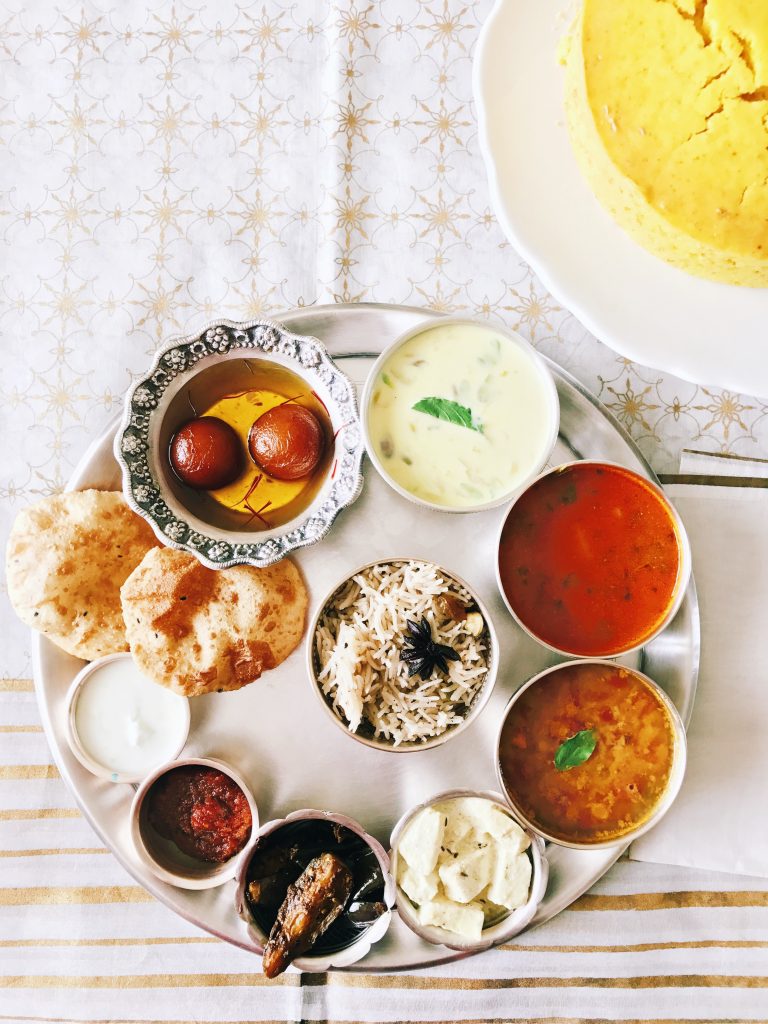With its ancient temples, dating back to hundreds and thousands of years, temple food has been an intrinsic part of Indian culture.
In the Bhagavad Gita (chapter 9 verse 26), Lord Krishna says:
patram puspam phalam
toyam yo me bhaktya prayacchati
tad aham bhakty-upahrtam
asnami prayatatmanah
which is translated as: If one offers Me with love and devotion a leaf, a flower, fruit a water, I will accept it.
But the devotees of the Lord love to offer a wide variety of food based on sattvic principles made with love. Food offered this way is known as Prasad.
In the temples and homes of devotees across the world, the tradition of offering food to the Lord before savouring it has been an ancient practice for thousands of years.
According to the Srimad Bhagavatam, food offered to the Lord belongs to the category of shuddha sattva and transcends sattvic, rajasic and tamasic gunas or the modes of nature and has a unique spiritual energy to it.
Based on religion and region, different kinds of food stuffs are offered to the lord.
Many temples follow the ritual of offering food that has six kinds of taste:sweet, sour, salty, bitter, pungent and astringent and 4 types of textures: food are offered to the lord- charvya (chewed) chushya (sucked), lehya (licked) and peya- (drunk).
Temples and the food cooked in temples fascinates me to no end. This is a gateway to a heritage and civilization that existed aeons ago and we can still catch a glimpse of this beautiful tradition in many temples in India and elsewhere.
This section of Divine Taste is an attempt to catalogue the heritage and tradition of temple cuisine.
